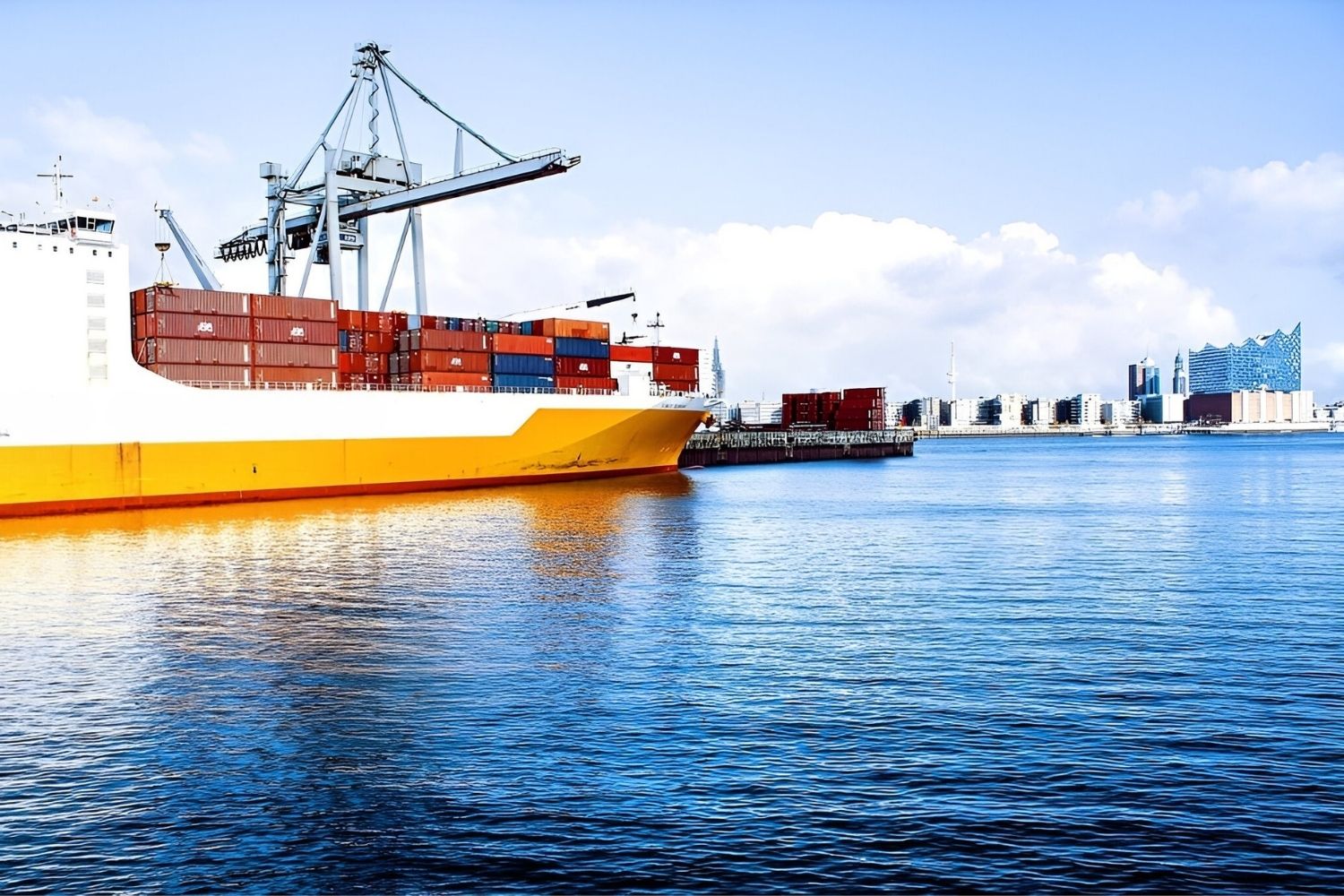
Wharves have been crucial to human civilization for centuries, serving as the backbone of maritime trade and travel. But what exactly makes these structures so important? Wharves are platforms built along the shore or projecting into the sea, where ships dock to load and unload cargo or passengers. They come in various shapes and sizes, each designed to meet specific needs. From ancient wooden piers to modern concrete docks, wharves have evolved significantly over time. Ever wondered how these structures impact global trade, local economies, and even the environment? Let's dive into 32 fascinating facts about wharves that will shed light on their historical significance, engineering marvels, and modern-day uses.
What is a Wharf?
A wharf is a structure on the shore of a harbor where ships may dock to load and unload cargo or passengers. Wharves have been essential to maritime trade for centuries.
- The word "wharf" comes from the Old English "hwearf," meaning "bank" or "shore."
- Wharves can be made from various materials, including wood, concrete, and steel.
- The primary purpose of a wharf is to facilitate the transfer of goods and passengers between ships and land.
- Wharves are often found in ports, harbors, and along rivers.
- Some wharves are designed to accommodate large ocean-going vessels, while others serve smaller boats and ferries.
Historical Significance of Wharves
Wharves have played a crucial role in the development of trade and commerce throughout history. They have been the backbone of many thriving civilizations.
- Ancient civilizations like the Phoenicians and Greeks used wharves for trade.
- The Roman Empire built extensive wharf systems to support its vast trade network.
- During the Age of Exploration, wharves were vital for the exchange of goods and cultures between continents.
- Wharves in medieval Europe were bustling hubs of activity, with merchants trading goods from around the world.
- The Industrial Revolution saw the construction of larger, more advanced wharves to accommodate steamships and increased trade.
Types of Wharves
Different types of wharves serve various purposes, depending on the needs of the port and the types of vessels they accommodate.
- Cargo wharves are designed for loading and unloading goods.
- Passenger wharves cater to the needs of travelers and tourists.
- Fishing wharves support the fishing industry by providing a place for boats to dock and unload their catch.
- Ferry wharves are used by ferries to transport passengers and vehicles across bodies of water.
- Container wharves are equipped with cranes and other machinery to handle large shipping containers.
Famous Wharves Around the World
Some wharves have become iconic landmarks, known for their historical significance, architectural beauty, or bustling activity.
- Fisherman's Wharf in San Francisco is famous for its seafood, shops, and sea lions.
- Circular Quay in Sydney offers stunning views of the Sydney Opera House and Harbour Bridge.
- Victoria & Alfred Waterfront in Cape Town is a popular tourist destination with shops, restaurants, and entertainment.
- The South Street Seaport in New York City is a historic district with restored 19th-century buildings and ships.
- The Wharf in Washington, D.C., is a modern development with dining, shopping, and entertainment options.
Environmental Impact of Wharves
While wharves are essential for trade and transportation, they can also have significant environmental impacts.
- Construction of wharves can disrupt local ecosystems and marine life.
- Pollution from ships and cargo handling can contaminate water and soil around wharves.
- Wharves can contribute to coastal erosion and habitat loss.
- Efforts are being made to design more sustainable and eco-friendly wharves.
- Some ports have implemented green initiatives, such as using renewable energy and reducing emissions from ships.
Modern Innovations in Wharf Design
Advancements in technology and engineering have led to the development of more efficient and sustainable wharves.
- Floating wharves can rise and fall with the tide, providing a stable platform for docking.
- Automated cargo handling systems increase efficiency and reduce labor costs.
- Smart wharves use sensors and data analytics to optimize operations and improve safety.
- Eco-friendly materials and construction methods help minimize the environmental impact of new wharves.
- Some modern wharves are designed to accommodate larger ships, such as mega-cruise liners and supertankers.
Fun Facts About Wharves
Wharves are not just functional structures; they also have interesting and quirky aspects.
- The longest wharf in the world is the Progreso Pier in Mexico, stretching over 4 miles into the Gulf of Mexico.
- Some wharves have been converted into public spaces, such as parks, promenades, and event venues.
The Final Dock
Wharves have a rich history and play a crucial role in global trade and local economies. From ancient times to modern days, these structures have evolved, adapting to the needs of different eras. They’re more than just places where ships dock; they’re bustling hubs of activity, connecting people and goods across the world. Whether it's the iconic wharves of San Francisco or the historic docks of London, each has its own story to tell. Next time you find yourself near one, take a moment to appreciate its significance. You might see it as just a place for boats, but it’s a gateway to countless adventures and stories. So, keep these facts in mind and share them next time you’re near a wharf. You’ll impress your friends and maybe even learn something new along the way.
Was this page helpful?
Our commitment to delivering trustworthy and engaging content is at the heart of what we do. Each fact on our site is contributed by real users like you, bringing a wealth of diverse insights and information. To ensure the highest standards of accuracy and reliability, our dedicated editors meticulously review each submission. This process guarantees that the facts we share are not only fascinating but also credible. Trust in our commitment to quality and authenticity as you explore and learn with us.
